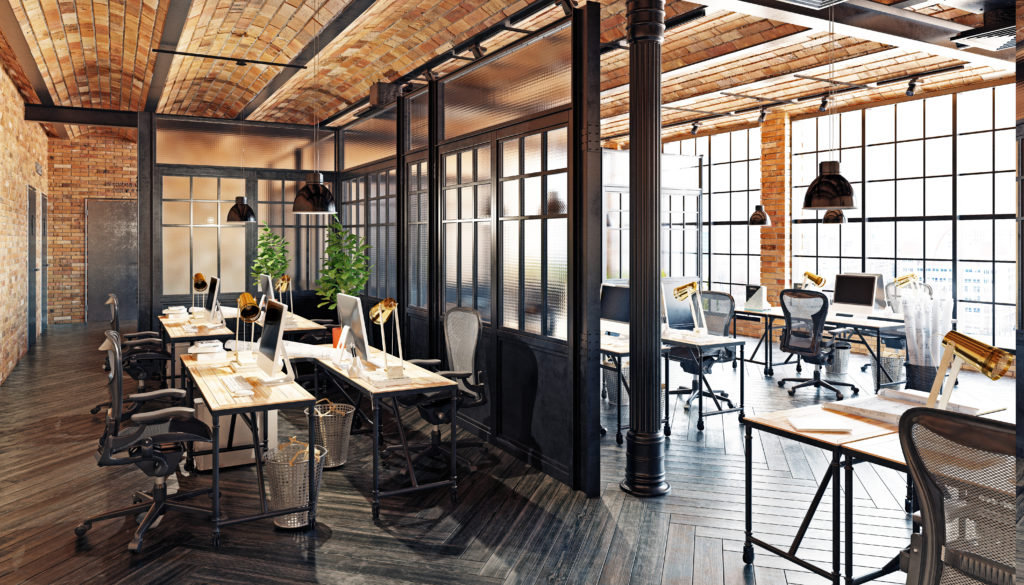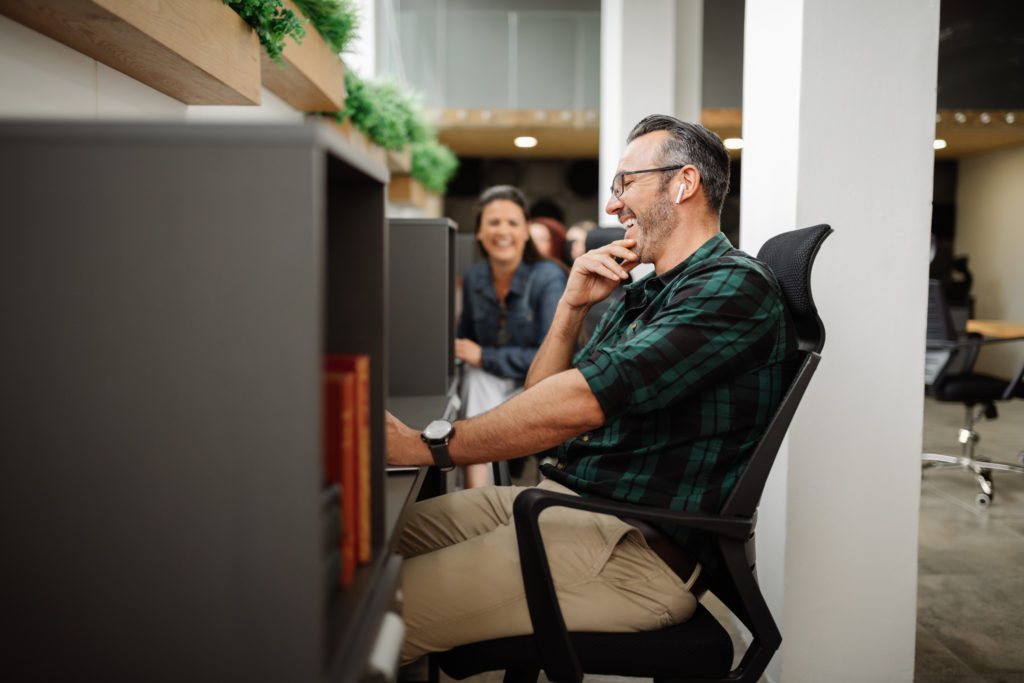
The new decade is finally here and now, more than ever, companies are becoming increasingly complex in terms of their functions and operations. Those who are on the front line of workplace design are working to anticipate the ever-evolving needs of businesses while creating a cohesive brand that encourages innovation and a company’s corporate vision and culture. The challenges that businesses face today have led to exciting transformations in the way that employees perform, interact with, and operate within built environments. Employees are now working in offices and workplaces that are designed for high-demanding business needs, with the goal to improve performance and productivity, attract talented new recruits, enhance wellness and well-being, and inspire new and innovative ideas. None of this would be possible without the prevalence of specialized office designs and furniture. As we plan for 2020 and beyond, these trends stand to make the most immediate and significant impacts on the future of our workplaces.
Making a Comeback with Wooden Interior
By today’s standards, most office environments are built with traditional whiteboard drywall construction and filled with metal cubicles. As brands become more focuses on sustainability and rearrange their workspace to attract top talent, facilities have adopted a more environmentally conscious attitude in recent years to meet their employee and tenant expectations and this is done with the help of wood. Wood is infamous for adding biophilic texture, lines, and warmth to traditionally sterile office environments. Linear wood paneling and slatted wood patterning also help create the illusion of depth.
Utilizing Monochromatic Expression
The Oxford dictionary defines monochromatic as containing or using only one color. Although, this definition doesn’t depict what it can monochromatic color schemes can do in terms of design. Monochromatic color schemes have sparked a color explosion that’s been taking place in commercial vicinities over the past several years. These color palettes only use one color, but they utilize the entire spectrum of shades, tones, and hints of that particular color to depict a uniform and recognizable theme. This design draws people in via creative expression and establishes an image that showcases functions and personality within a workspace.
Implementing Hanging Horticulture and Vegetation
Plants have become more popular in office environments than ever before, with the emergence of walls adorned with green and moss as staples of well-being and branding. With floor space at a premium, designers are turning to new heights to integrate their vegetation: ceilings. Office ceilings are the next frontier for companies striving to maximize space, efficiency, and incorporate the patterns of nature. Hanging vegetation often promotes home-styled environments where the lines of business and leisure are blurred. With plant design engrained in buildings seeking a sustainable and wellness-forward image, green has become and continues to be an undeniable feature in the near future of office design.
Modular Modern Designs
By the looks of it, the open office space isn’t going anywhere anytime soon. In the meantime, businesses are looking for ways to provide their employees with personalized, private spaces in which they can focus on their important projects. Beyond that, functional furniture is a key element to help employees stay creative, active, and extremely productive. This indicates that new studio drafting tables, standing desks, benching workstations, and even insulated phone booths are being developed and reimagined every day to help workers maximize their time in the office.
Dynamic Spaces and Flexibility
The trend of dynamic spaces has begun to emerge, introducing people to the idea of multi-functional workspaces. These spaces typically include indoor-outdoor access via garage doors, movable dividers, and television and video equipment—just to name a few. Dynamic flexibility incorporates an entirely new generation of moveable, multi-functional, lightweight, and ergonomic elements designed to fit any space and purpose. This design trend also focuses on a complete transformation of environments from the meeting rooms, to a production area, to a quiet, semi-private space, with just a blink of an eye. All in all, these spaces are designed to meet the needs, application, and comfort in our increasingly multidisciplinary business world.
Indoff Commercial Interiors: Here to Help You Transform and Modernize Your Office Space
If it’s time for you to renovate your office or workplace, we have all the materials, furniture, and office essentials to help you achieve efficiency and success! Contact us today to learn more about the products we carry and to have a professional help you find furniture to compliment your office environment.
